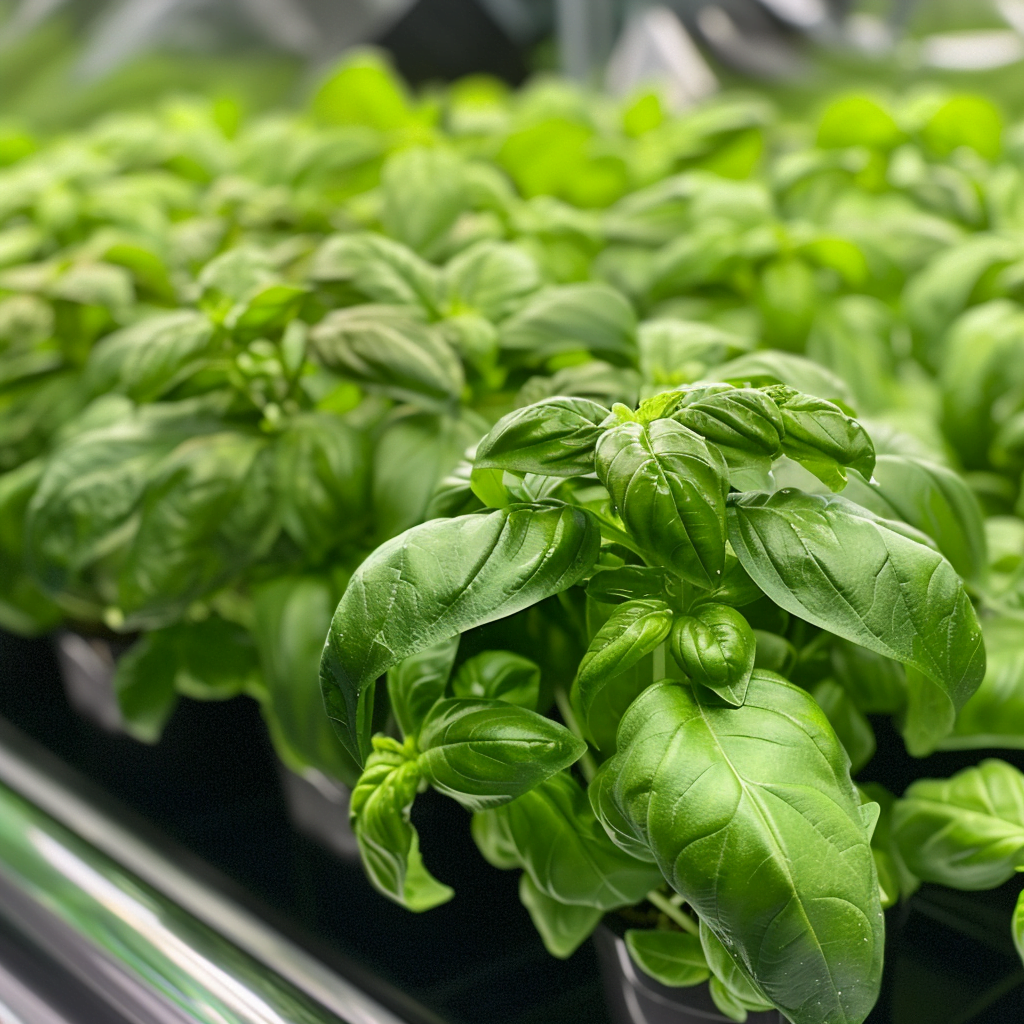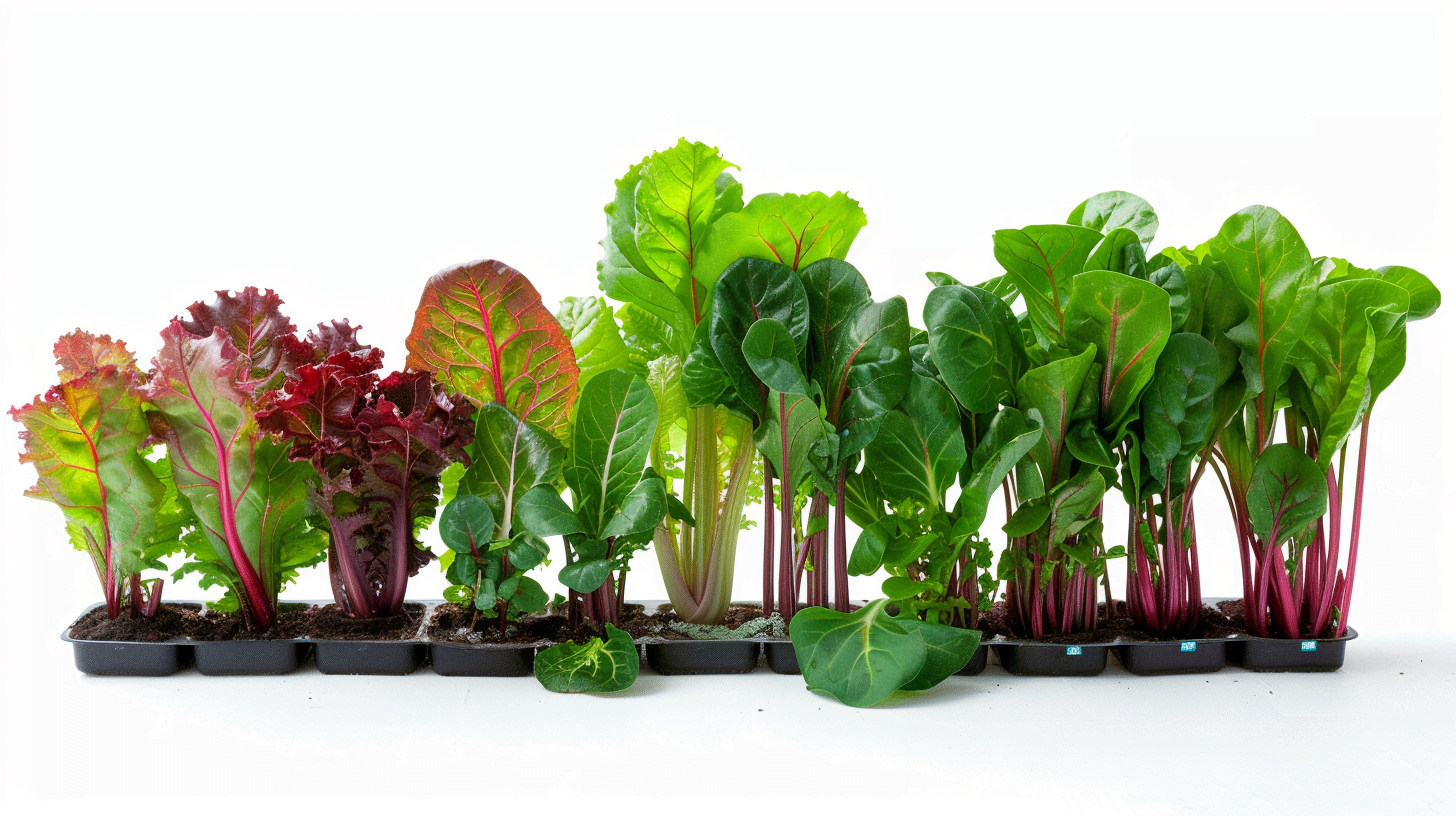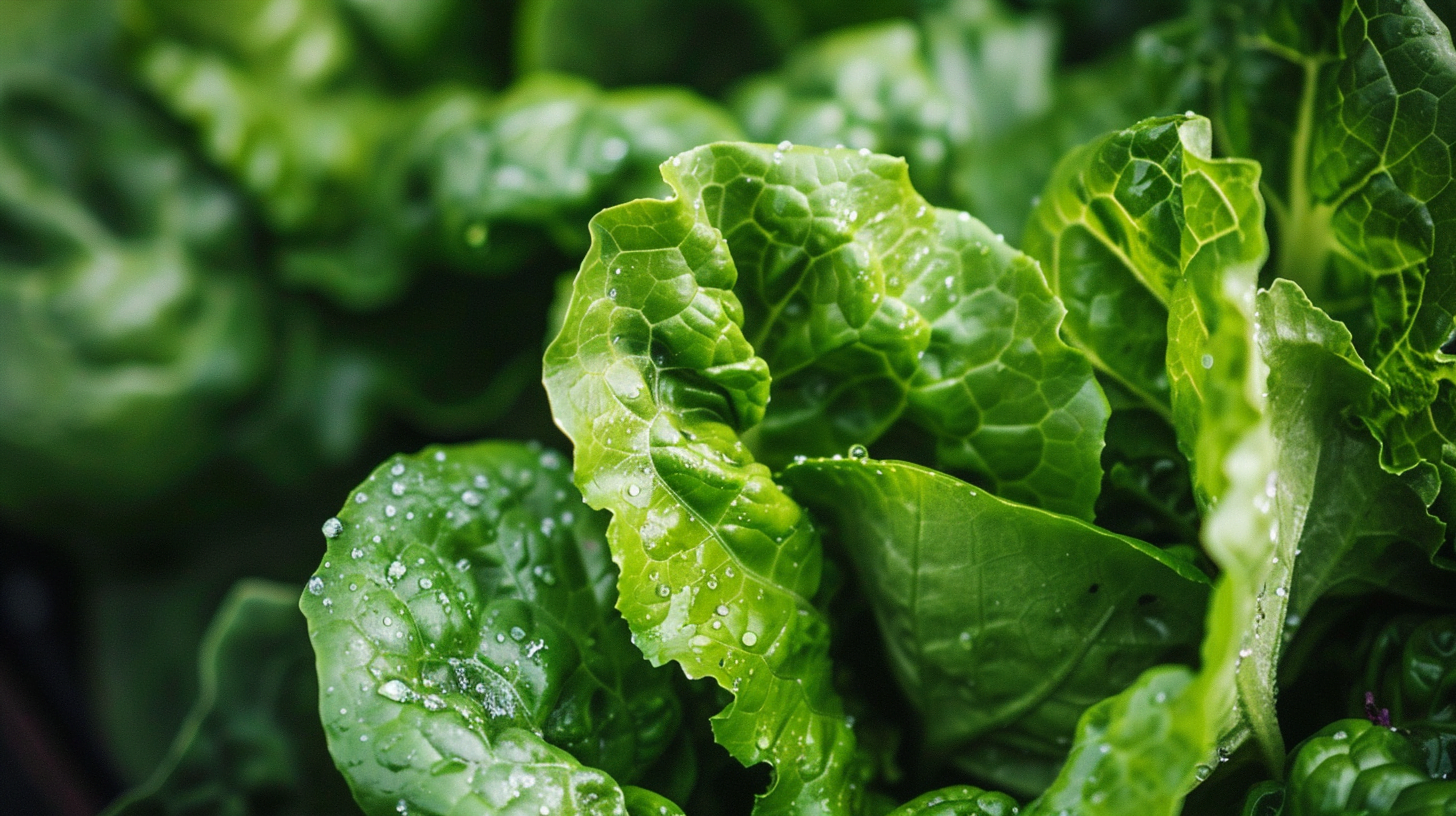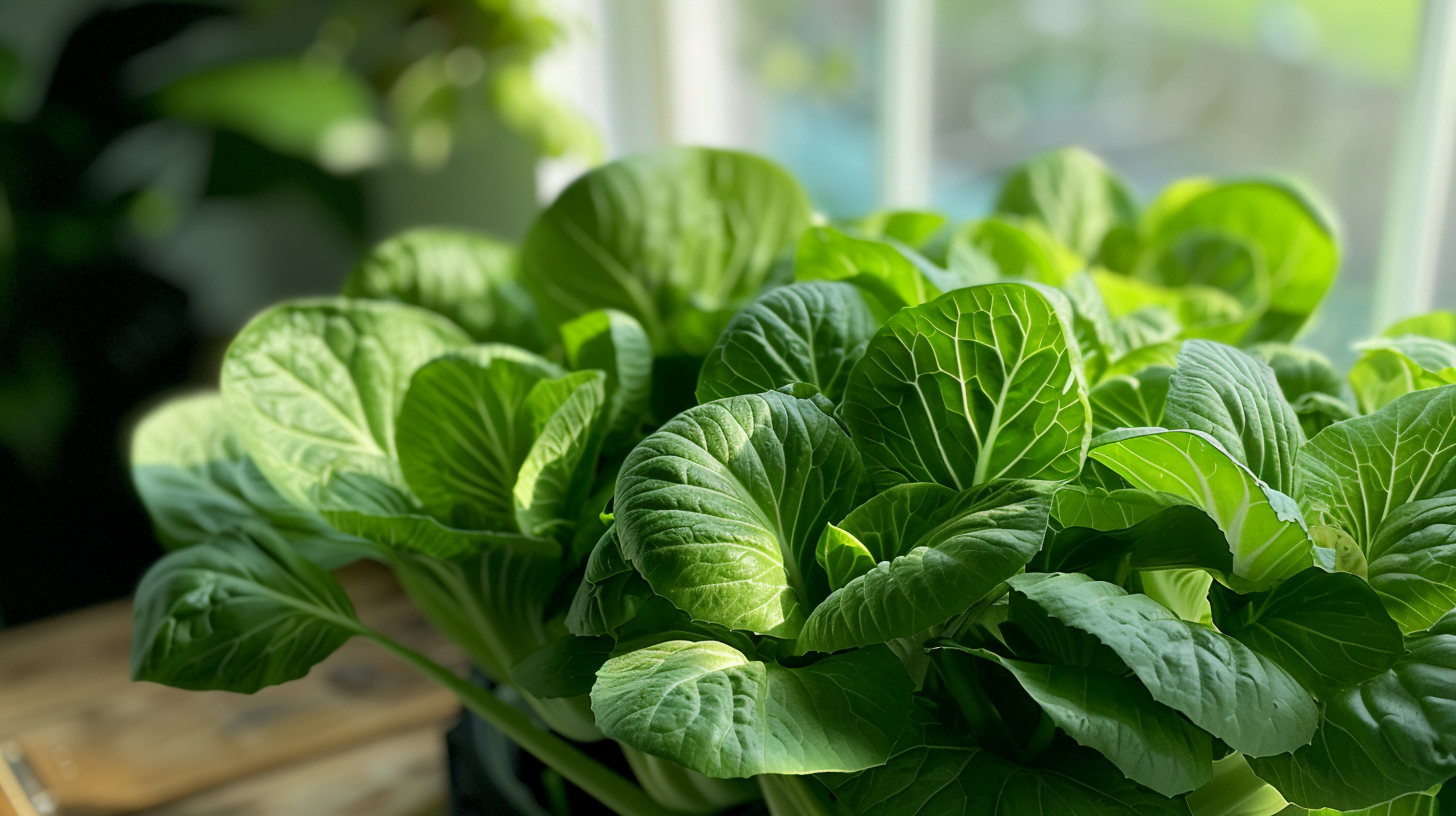Can I Grow Basil Hydroponically? Yes, basil can be grown hydroponically very successfully! Hydroponic gardening provides the perfect conditions for basil to thrive. By precisely controlling the nutrient solution, lighting, humidity, and other environmental factors, hydroponic basil grows significantly faster and produces much higher yields than soil cultivation. This comprehensive guide will walk you through everything you need to know to grow abundant, flavorful basil hydroponically right at home.
Advantages of Hydroponic Basil
Growing basil hydroponically offers many benefits over traditional soil gardening:
- Much faster growth rate – With optimal nutrition and growing conditions, hydroponic basil can be ready to harvest in 4-6 weeks, rather than the 12-16 weeks it takes in soil. You’ll get taller, bushier plants and up to triple the yield.
- Higher quality, flavorful plants – Carefully monitoring the nutrient solution means you can ensure basil gets just the right amounts of nutrients like nitrogen, phosphorus, and potassium for maximum taste and aroma.
- Grow year-round – One of the best perks of hydroponics is climate control. You can grow basil inside your home or greenhouse regardless of season or outdoor conditions.
- Higher density planting – Hydro systems allow you to space plants closer together for higher yields per square foot.
- Less pest and disease pressure – The controlled indoor or greenhouse environment exposes basil to fewer pests and pathogens.
- Reduce water usage – Hydroponics uses 90% less water than soil cultivation since no irrigation water is wasted.
- Automation – Hydroponic systems can be semi-automated or fully automated to reduce labor.
Selecting the Right Basil Variety for Hydroponics
While most types of basil can grow hydroponically, some varieties are better suited than others:
- Sweet basil – The most popular and familiar varieties like Genovese, Italian Large Leaf, and Sweet Thai are great choices that thrive under hydroponic conditions.
- Spicy basil – Spice-flavored types like cinnamon, lemon, and licorice basil also do quite well hydroponically.
- Avoid purple basil – The anthocyanin pigments that give purple basil its color can inhibit robust growth in hydroponics. Stick to green varieties.
Other tips when selecting basil varieties:
- Pick compact, small-leafed types which grow well in the confined space of hydroponic systems.
- If growing indoors, choose dwarf or container-friendly varieties under 12 inches tall.
- Consider your culinary use. Pesto types like Genovese or Italian are perfect for pesto sauce. Spicy varieties are great for Thai cooking.
- Look for slow bolting varieties that stay leafy and vegetative longer before flowering.
Setting Up a Hydroponic System for Basil
There are several types of hydroponic systems that can successfully grow basil:
- Nutrient Film Technique (NFT) – Plants sit in plastic grow channels as a thin film of nutrient solution flows past the roots. A simple, inexpensive option great for beginners.
- Deep Water Culture (DWC) – Plants are suspended in buckets or tanks with the roots submerged in oxygenated nutrient water.
- Aeroponics – Plant roots are misted with a nutrient solution. Requires more technical equipment but grows plants very quickly.
- Media beds – Plants are planted in an inert growing medium like clay pebbles that is flooded with nutrient water.
- Wick systems – Nutrients are delivered to plants through a porous wicking material. One of the most low-tech hydro methods.
The best hydroponic system for you depends on your budget and level of experience. Media beds and wick systems are good choices for hobbyists, while NFT systems are common for commercial production.
Growing Medium
In hydroponic systems like media beds, you’ll need an inert growing medium to support the plant’s root system. Good options include:
- Clay pebbles
- Perlite
- Vermiculite
- Coconut coir
- Rockwool
Avoid soil or potting mix, which will contaminate your nutrient solution. The medium simply anchors the plants while allowing the roots to access nutrients and oxygen.
Look for media that hold some moisture but still drain well. Pre-moisten media before transplanting to prevent dry spots.
Nutrient Solution
Hydroponic systems use a water-based nutrient solution in place of soil. The solution provides all the elements plants need to thrive.
Look for a specialty hydroponic fertilizer or nutrient blend formulated for herbs like basil. Key nutrients basil requires:
- Nitrogen for leafy growth
- Phosphorus for root and stem growth
- Potassium for flowers and aroma
- Calcium and magnesium for overall plant health
Two-part formulas with separate bottles of macro- and micronutrients make it easy to adjust nutrient levels.
Maintain the nutrient solution at a pH between 5.5-6.5 for optimal basil growth.
Lighting Requirements
Bright lighting is crucial for growing vibrant hydroponic basil. Basil requires:
- 12-16 hours of light per day
- Minimum light intensity of 300 micromoles/m2s
For indoor growing, use full spectrum LED grow lights which provide intense light plants can efficiently use.
Position lights 12-24 inches above the plants. Track light intensity with a PAR meter to optimize growth. Use adjustable hangers so you can easily raise lights as plants grow taller.
Water and Oxygen
The nutrient solution must be continuously aerated to provide sufficient oxygen to the basil roots.
Use an air pump and air stones to bubble the solution. Change the nutrient solution every 1-2 weeks and monitor that pH and nutrients remain in the proper ranges.
aeroponic and NFT systems require additional water pumps to circulate and drain the nutrient solution. Monitor flow rates carefully.
Temperature and Humidity
- Basil grows best with air temperatures between 70-80°F.
- Maintain relatively high humidity around 70%. Basil is susceptible to drying out.
Maintaining optimal temperature and humidity is easy with hydroponics. Use a greenhouse or grow tent with heaters, ventilation, and humidity controls. Monitor conditions regularly with a thermostat and hygrometer.
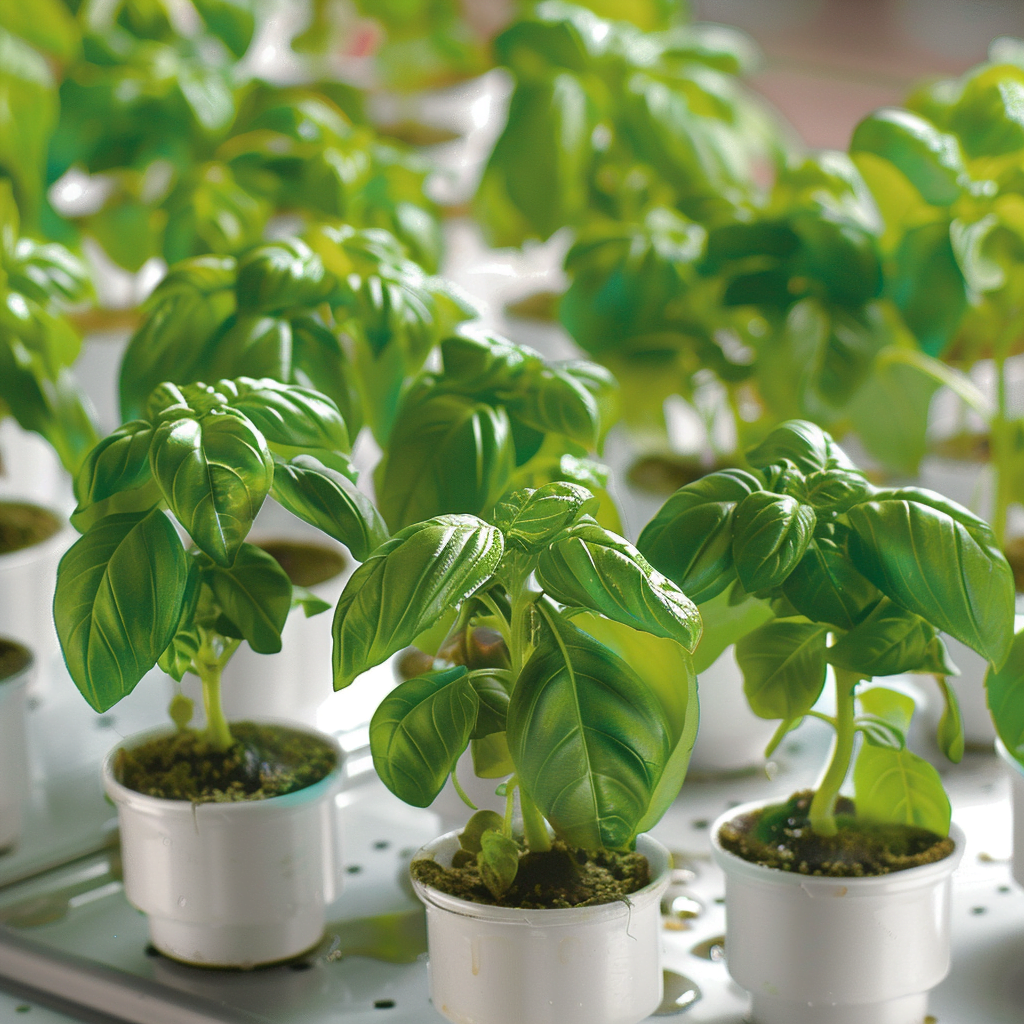
Hydroponic Basil Growth Stages
Growing basil hydroponically involves these key stages:
- Seed germination – Germinate seeds in plugs or starter cubes separate from the hydro system.
- Transplanting – Transplant seedlings into the hydroponic setup once they reach 3-4 weeks old. Take care not to disturb the roots.
- Vegetative growth – The plants focus on leafy growth for the next 4-6 weeks. Gradually increase nutrients to encourage growth.
- Flowering – Basil will flower and produce seeds if allowed to mature. Pinch off flowers to prolong vegetative growth.
- Harvesting – Begin harvesting full-sized leaves from the top of stems starting 4-6 weeks after germination.
- Repeating crop – Prune back remaining leaves after initial harvests to restart the vegetative stage. Plants can last 4-6 months.
Nutrient Solution Management
Proper management of your hydroponic nutrient solution is key to growing thriving basil plants:
- EC/ppm – The ideal EC (electrical conductivity) range for basil is 1.2 to 1.6 mS/cm. This corresponds to a PPM (parts per million) of 800-1200 ppm.
- pH – Test and adjust pH to 5.5-6.5. Fluctuations outside this range can cause nutrient lockout.
- Temperature – Solution temps between 65-75°F are preferred. Add reservoir cooling or heating if needed.
- Aeration – Use air pumps/stones to maintain oxygen levels above 5 ppm.
- Reservoir cleaning – Periodically clean out reservoirs to prevent algae and pathogen buildup.
Follow your hydroponic nutrient schedule for refreshing your solution and nutrient strength for each growth phase. Test EC/pH levels regularly.
Pest and Disease Control
Benefits of hydroponics include less exposure to pests and diseases. But potential problems to watch for include:
- Fungus gnats – Fly larvae in the root zone. Use mosquito dunks to control populations.
- Aphids – Sucking insects that feed on plant sap. Wash off with streams of water or use horticultural oils/soaps.
- Root rot – Caused by pathogens like Pythium. Avoid by sterilizing equipment and using fungicide.
- Powdery mildew – Fungal disease encouraged by cool, humid conditions. Improve air circulation to help prevent.
- Thrips – Small insects that feed on and rasp plant leaves. Indicated by silvery scarring on leaves. Use sticky traps and predatory mites to control.
- Whiteflies – Sap-sucking insects that leave sticky residue on plants. Knock off with jets of water or use parasitic wasps.
- Botrytis – Gray mold fungus that thrives in cool, wet conditions. Improve air flow and reduce humidity.
- Bacteria/viruses – Can spread from infected seedlings. Start with disease-free seeds and transplants.
Practice good sanitation and environment control in your hydroponic system. Catch problems early and take prompt action to avoid spreading.
Harvesting and Maintaining Basil Plants
- Begin harvesting full-sized leaves from the top of basil stems starting 4-6 weeks after germination.
- Always cut leaves with sharp, clean shears or scissors to avoid damaging plants.
- Pruning the largest leaves encourages bushy, continued growth. Never harvest more than 50% of leaves at once.
- Maintain optimal conditions and nutrient levels, and basil grown hydroponically can last 4-6 months before plants decline.
- Prune plants periodically to remove any flowers, yellow leaves, or overly large leaves. This stimulates new growth.
- As plants age, gradually increase nutrient strength to account for larger plant mass and root systems.
- Change out hydroponic growing media like rockwool every 2-3 months for best results.
Troubleshooting Common Hydroponic Basil Problems
Even in optimal hydroponic systems, basil can occasionally encounter issues:
- Slow growth – This is typically caused by insufficient lighting. Basil needs 12-16 hours under grow lights daily.
- Leggy growth – Not enough light intensity or too far away from lights. Move lights closer to plants.
- Yellowing leaves – Could indicate nitrogen deficiency. Increase nitrogen levels in nutrient solution.
- Tip burn – Caused by salt buildup or very dry air. Increase humidity and flush nutrient lines.
- Drooping leaves – Can be caused by overwatering, heat stress, or root problems. Improve drainage and airflow.
- White residue – Hard water deposits. Use filtered or distilled water for hydroponics. Adjust pH to prevent.
- Algae growth – Reduce light getting to reservoirs. Clean frequently and use opaque lines.
Uses for Homegrown Hydroponic Basil
The aromatic, flavorful basil you can grow hydroponically has unlimited culinary uses. Here are some delicious ways to use your harvest:
- Homemade pesto sauce
- Caprese salad with mozzarella
- Chicken basil stir fry
- Thai curry dishes
- Margherita pizza
- Pasta salad with basil vinaigrette
- Fresh basil garnish for soups and grains
- Infused basil olive oil
- Basil lemonade
- Tomato basil bruschetta
- Basil butter
The concentrated essential oils in hydroponic basil make it perfect for all your cooking needs. Enjoy having fresh, homegrown basil on hand for all your recipes.
Conclusion
Growing prolifically productive basil is easy with the power of hydroponics. Controlling the perfect conditions yields more flavorful, abundant basil that would be difficult to achieve in soil. Follow this comprehensive guide to get your own hydroponic basil up and thriving quickly and successfully. With optimal care and management, you can have homegrown basil for use in recipes and dishes year-round.
